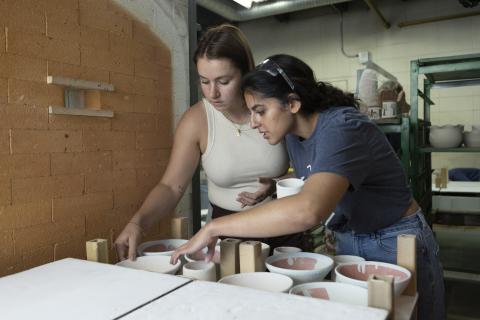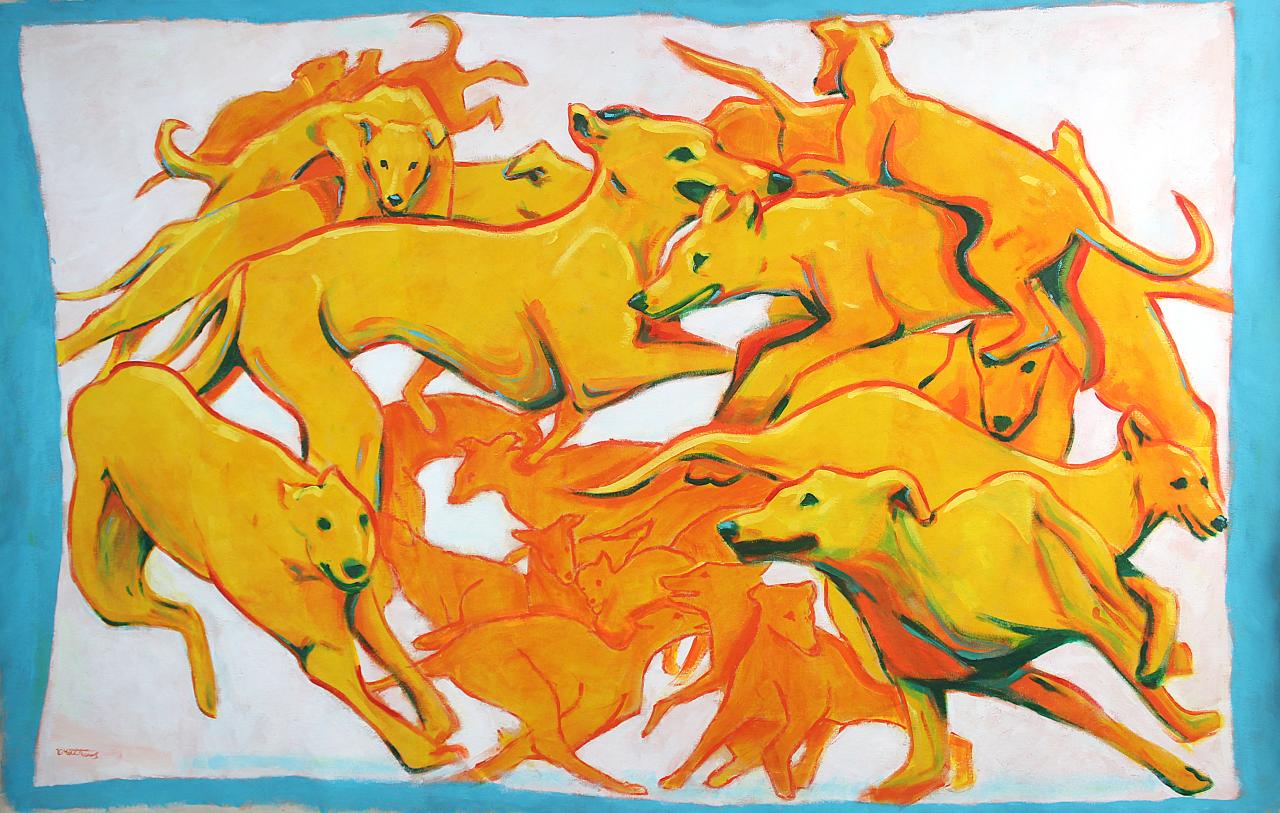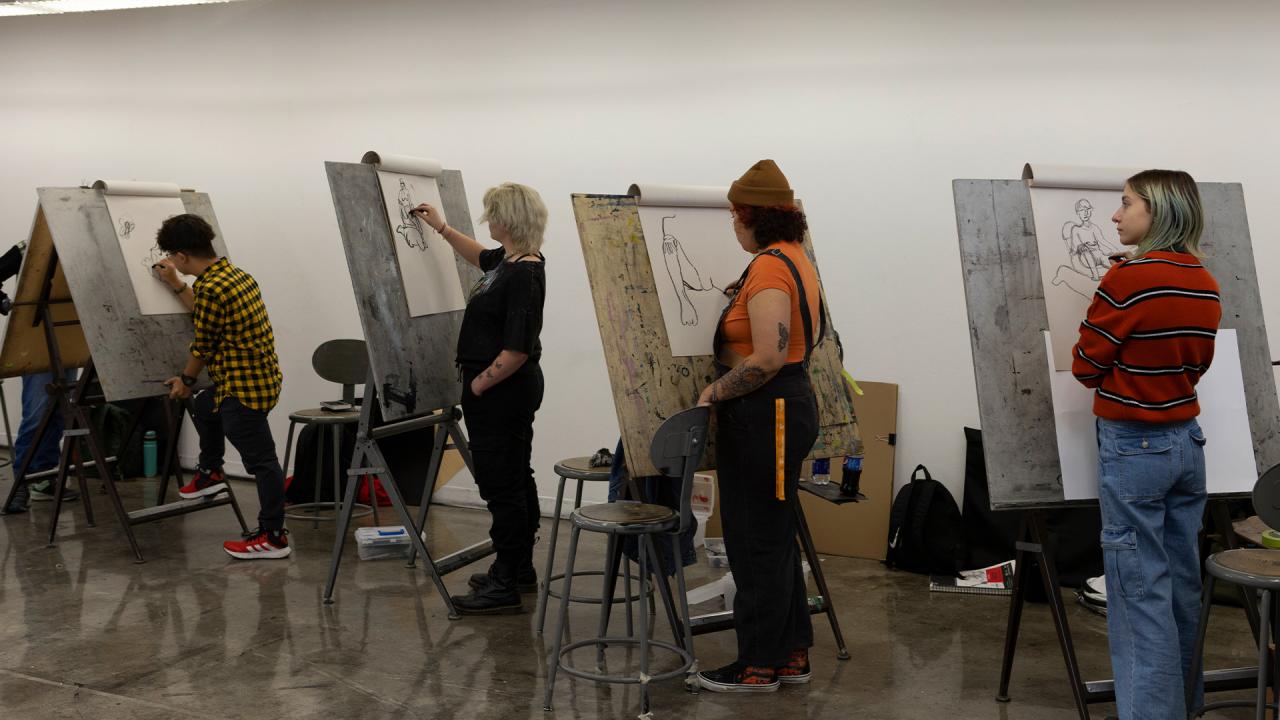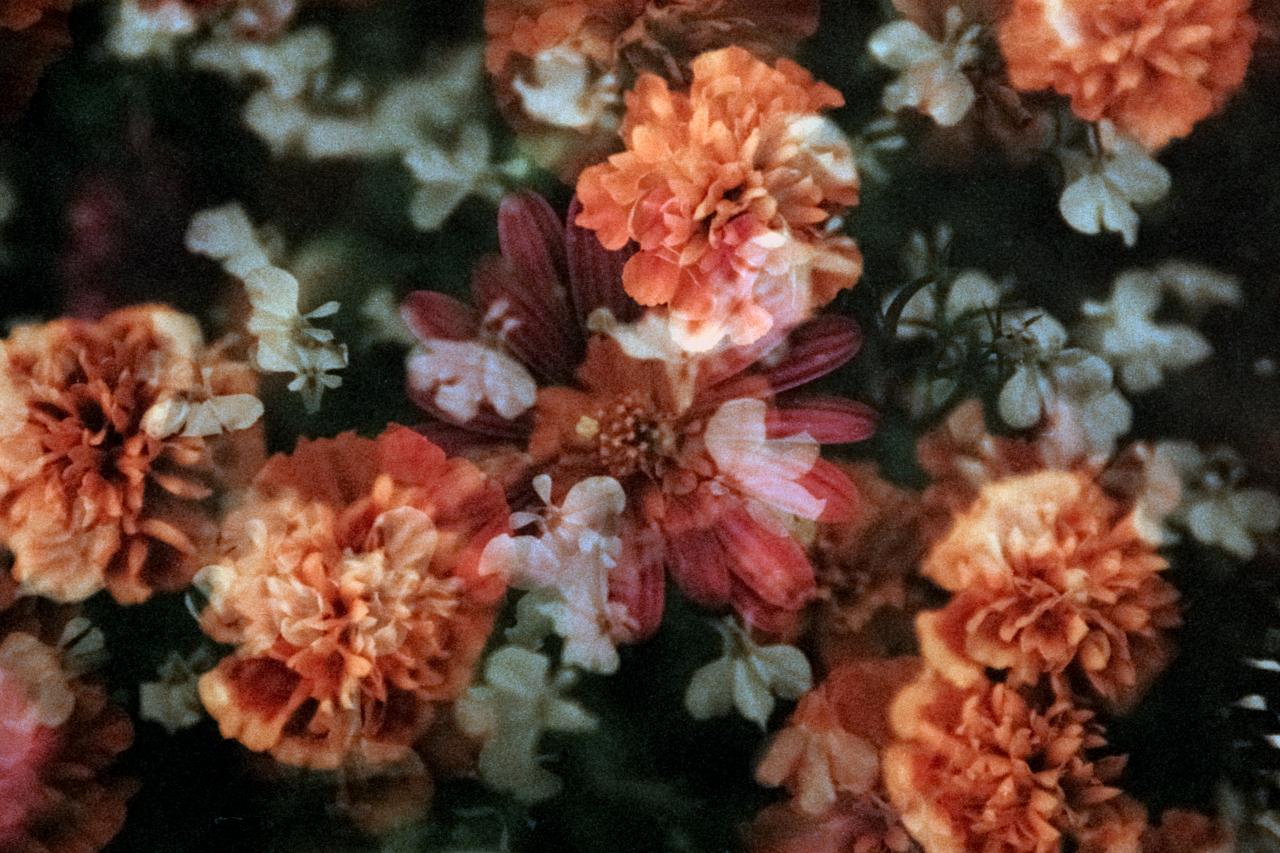A studio-intensive degree built around your practice.
Spend four transformative years immersed in studio culture, surrounded by other passionate artists dedicated to pushing ideas forward.
| Degree Type | Major | Credits | Duration | Format |
|---|---|---|---|---|
| Undergraduate | Studio Art | 120 | 4 years, Full-time | In-person, studio |
An AUArts' Bachelor of Fine Arts degree is more than a transcript—it’s your unique artistic journey, documented through a growing body of work and personal evolution.
As a BFA student, you will:
- Establish your artistic voice through personal projects, immersive studio practice and thoughtful critiques.
- Take on creative challenges with advanced problem-solving and critical thinking.
- Experiment with materials and media to bring concept, craft and technique together.
- Situate your practice within historical, social and contemporary contexts.
- Build adaptable skills in professionalism, project management and exhibiting your work.
- Leave with a portfolio and artist’s statement that showcases who you are as an artist.

Why choose AUArts?
- Art-focused facilities, people-focused techs: Work with an array of equipment in spacious, light-filled studios—and get to know an amazing team of expert technicians dedicated to supporting your studio work.
- Small class sizes, big mentorship: With an average of only 18 students per studio class, you’re guaranteed plenty of one-on-one guidance from our acclaimed faculty.
- Multidisciplinary freedom: Spend time working on what you want. Spread your energy and attention across the disciplines you’re into at any given moment.
- Real-world experience: Learn what it’s like to prepare your work—and yourself—for public art shows and gallery openings, whether in group exhibitions or a solo show at one of our many student-run galleries.
Choose up to two concentrations across 12+ disciplines.
What to expect in your first year.
In your first year, you’ll experiment across mediums like drawing, ceramics, fibre, glass and sculpture, building essential studio skills and exploring new ways of making, while deepening your critical and creative thinking through art history, writing and cultural studies.
Explore BFA concentrations
Animation
Explore animation as a powerful tool for storytelling, expression and innovation across all platforms.
AnimationCeramics
Develop theoretical and practical approaches to making vessel, sculptural and experimental ceramics.
CeramicsDrawing
Explore various media and forms using vast concepts and approaches to develop and express your creative identity.
DrawingFibre
Focus on intensive studio-based learning across surface design, weaving, and mixed media.
FibreGlass
Understand material and technical processes to develop a sustained, innovative studio glass practice.
GlassJewellery and Metals
Hone both design and technique to create one-of-a-kind jewellery work.
Jewellery and MetalsObject Design & Fabrication
Deepen your understanding of object design with historical, theoretical and contextual literacy and hands-on fabrication methods.
Object Design and FabricationPainting
Get familiar with various techniques, skills and processes to develop an artistically-informed painting practice.
PaintingPhotography
Discover the technical, conceptual and critical skills to become a visually fluent, culturally aware photographer.
PhotographyPrint Media
Experiment with historical and contemporary printmaking styles using various media and studio practices.
Print MediaSculpture
Initiate your own body of work by understanding the histories, theories and practices that comprise the discipline of sculpture.
SculptureWhat's next?
Apply to BFA
Follow these steps to submit your BFA application.
Priority applications open until February 1, 2026.
Prepare your portfolio
Everything you need to know about preparing and submitting your portfolio.
Portfolio requirementsContact us
Do you have any questions about our programs, application process or your portfolio? We're here to help!
Connect with our recruitment teamBFA Studio Art - First Year Overview

Core Studio (required) | |
| DRWF 110: Drawing I (3) | An introduction to observational drawing covering representational and abstract methods, with focus on line, tonal value, pictorial space, perspective, human figure, and personal content, delivered through studio projects, critiques, and independent work. | DRWF 120: Drawing II (3) | Builds on Drawing I by expanding traditional drawing through diverse strategies that explore narrative structures, photography, the body, perceptual processes, and cultural contexts, with research and experimentation central to developing individual approaches. |
Art History (required) | |
| AHIS 100: Themes in Modern and Contemporary Art and Visual Cultures 1789–Present (3) | Introduces ways of thinking about modern and contemporary art, craft, and design through visual and material artefacts, practices, and discourses, considered in their historical contexts from contemporary perspectives as conveyors of cultural values and meanings. | AHIS 101: Themes in Pre-Modern Art and Visual Cultures: Before 1789 (3) | Examines pre-modern art, craft, and design through visual and material artefacts, practices, and discourses, emphasizing thematic and conceptual comparisons across historical and contemporary cultures, and introducing art historical methods including formal, social, and gender-based analysis. |
Critical & Creative Studies (required) | |
| CCST 100: Introduction to Critical and Creative Studies (3) | Provides an introduction to critical and creative reasoning by developing skills to assess assumptions and generate imaginative ideas, using lectures, seminars, and events to explore issues such as eco-cultures, post-colonial imaginaries, social justice, art and science, post-humanism, nationalism, and globalism. | ENGL 100: Writing for Critical and Creative Practices (3) | Introduces fundamentals of writing and composition with emphasis on clear, organized expression across genres relevant to creative professions, including expository prose that engages with research materials and reviews or analyzes art and design events at and beyond AUArts. |
3D Studio Foundation (choose one of the listed courses) | |
| CRMC 101: Ceramics (3) | Explore ceramics through 3D fundamentals—form, space, texture, and colour—via hand building, wheel throwing, mold making, casting, clay and glaze technology, and experimental approaches, alongside lectures, demos, field trips, and critiques that connect practice to historical and contemporary theory | FBRE 102: Fibre 3D (3) | Investigate contemporary fibre arts through form, colour, movement, and texture while working with techniques such as soft sculpture, felt making, woven construction, wearable art, paper casting, book arts, and mixed media, supported by hands-on projects, lectures, and critiques. |
| GLSS 101: Glass Casting (3) | Learn mold-making and casting within contemporary glass practice, experimenting with forms through waste, refractory, two-part, and flexible molds using materials like glass, wax, clay, plaster, concrete, and ice, while exploring abstraction, modular construction, and historical/contemporary glass contexts. | GLSS 102: Hot Glass (3) | Experience hot glass studio practice through forming and shaping molten glass, exploring fundamental 3D design principles in relation to other media, and situating projects within historical, contemporary, and interdisciplinary art, craft, and design perspectives. |
| JWLM 101: Introduction to Jewellery and Metals (3) | An introduction to jewellery and small metals focused on 3D design, fabrication skills, and contemporary ornamentation, using diverse materials and processes while exploring the relationship between material and meaning through drawings, statements, and wearable creations. | OBDF 110: Object Design and Fabrication (3) | Gain a foundation in object design by combining theory with hands-on projects in CAD, 3D modeling, and digital fabrication; explore rapid prototyping, computer-aided manufacturing, and the contextual connections between art, craft, design, and technology. |
| PRNT 104: Pixels and Print (3) | Explore the intersection of digital imagery, hand-drawn work, and alternative photographic printmaking techniques such as photo manipulation, transparencies, and experimental processes, supported by technical demos, lectures, critiques, and critical discussion of outcomes. | SCLP 101: Sculpture (3) | Engage with additive, reductive, constructive, and reproductive sculptural processes in clay, plaster, wood, metal, found objects, and electronic media, exploring space and concept development through directed projects and independent study. |
Studio Foundation Electives (choose any three of the listed courses) | |
| ANIM 101: Introduction to Animation (3) | Introduces basics of animated motion through short, character-driven projects, with emphasis on research, observation, drawing, and application to create emotional communication in short personal narratives. | DESN 101: Design Foundations (3) | Investigates the formal and expressive qualities of visual elements, developing the ability to manipulate them through techniques and principles of organization, while exploring the relationship between form and content in visual communications. |
| DESN 102: Colour Foundations (3) | Identifies and investigates fundamentals of colour theory and application, with hands-on opportunities to analyze and produce colour charts and apply knowledge to assigned design problems. | DESN 103: Digital Foundations for Design (3) | Teaches methods and tools for creating and editing digital artwork, organizing and preparing files for sharing, and producing work for different outputs such as print, web, and motion. |
| DESN 104: Drawing Foundations (3) | Introduces drawing as a way of recording and understanding the world, with practice in perspective, 3D forms, and classical lighting, while using line, value, texture, and composition to communicate ideas. | FBRE 101: Fibre-2D (3 credits) | Explores two-dimensional fibre arts through colour, texture, pattern, composition, and content using techniques such as weaving, felt, papermaking, printing, dyeing, embroidery, and mixed media, supported by projects, lectures, and critiques. |
| MADT 101: Exploring Media Culture (3) | Introduces the role of media and digital technologies in contemporary culture, developing basic digital skills and applications of video, audio, motion graphics, and electronics through short workshop modules. | PHTG 101: Introduction to Photography (3) | Covers camera operation, photographic seeing, digital workflow, and printing, introducing techniques, concepts, and genres of photography through creative projects; students are responsible for printing, film, and processing costs, using cameras with manual controls. |
| PNTG 101: Painting (3) | Introduces contemporary painting through materials and processes including acrylic, oil, collage, and mixed media, with readings, a research project, and critiques examining contemporary and historical imagery. | PRNT 101: Print through Drawing (3) | Explores printmaking techniques that expand drawing practices, discovering unique mark-making possibilities and producing small editions of prints using presses. |

